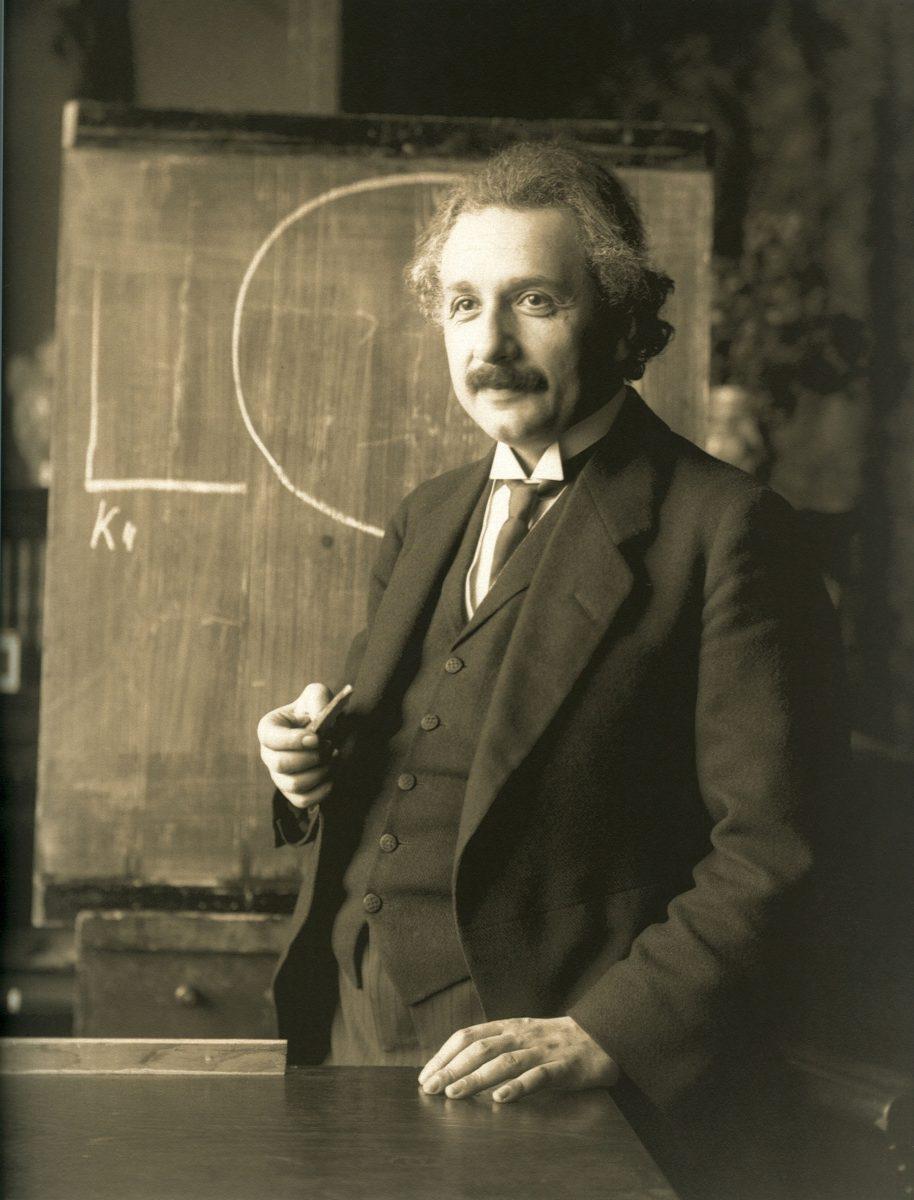This month marks the 100th anniversary of Albert Einstein’s presentation of his general theory of relativity. The formulation of the theory began with a realization that Einstein had in 1907: people who are in free fall do not feel their own weight. This idea seems remarkably simple and perhaps less than scientific. However, the realization became the foundation for an entirely new and incredibly important theory that would forever change physics.
The previously accepted way of thinking about gravity and outer space was developed by Sir Isaac Newton. As all matter is normally inclined to travel in straight lines, Newton’s theory explains that gravity is working on all the planets and it is this gravitational force that causes the planets to travel in a circular orbit. His rules for gravity and his three laws were thought to apply to both in space and on Earth’s surface. These laws and theories, often called Newtonian mechanics or classical widely applied in physics today.
However, in 1907, Einstein engaged in a thought experiment, which involved picturing someone floating in a box. If that person woke up in this floating state, they would not be able to tell whether they were floating in outer space, devoid of gravity, or if they were free falling. Newton would define free fall as a state in which the only force acting on an object is gravity. However, Einstein reasoned that because he was able to compare free fall and floating, it might be true that there is actually no force of gravity acting in either state, meaning that a person in free-fall experiences no gravity.
Another part of the thought experiment involved the person waking up in the same box, but this time on the floor of the box. The person would be unable to tell whether they were accelerating in a rocket up into space at one G or simply resting on Earth. Because these two states feel the same, Einstein deduced that the two states have the same cause. He reasoned that massive objects in space, such as a planet, would bend space and time to cause the force we know as gravity. This would cause acceleration to feel the same as resting in a region of curved space and time.
The final, and perhaps most important, part of Einstein’s thought experiment involves the bending of light. Einstein’s theory of relativity proposes that large masses, like the sun, could bend light from more distant masses, like stars. This was determined because he knew that an accelerating object, like a spaceship, could bend light from the sun. Since acceleration and mass are equivalent in this theory, mass could also bend light. This changed people’s understanding of space, light, mass, and time, including methods for calculating the position of far-off objects.
Many people were skeptical about the truth of the theory, including reputable scientists such as Ludwik Silberstein. However, during a solar eclipse in 1919 stars that were close to the sun seemed to shift in position as the sun disappeared. They shifted by the exact amount that Einstein’s theory predicted they should move. This was enough to convince many that his theory was correct.
There are many ways in which Einstein’s theory is used today. Scientists with knowledge about space in terms of global positioning systems and space travel take his theory and his equations into account when they make calculations.On large and small scales, Einstein’s theory was revolutionary, and we should all celebrate its 100th birthday.







